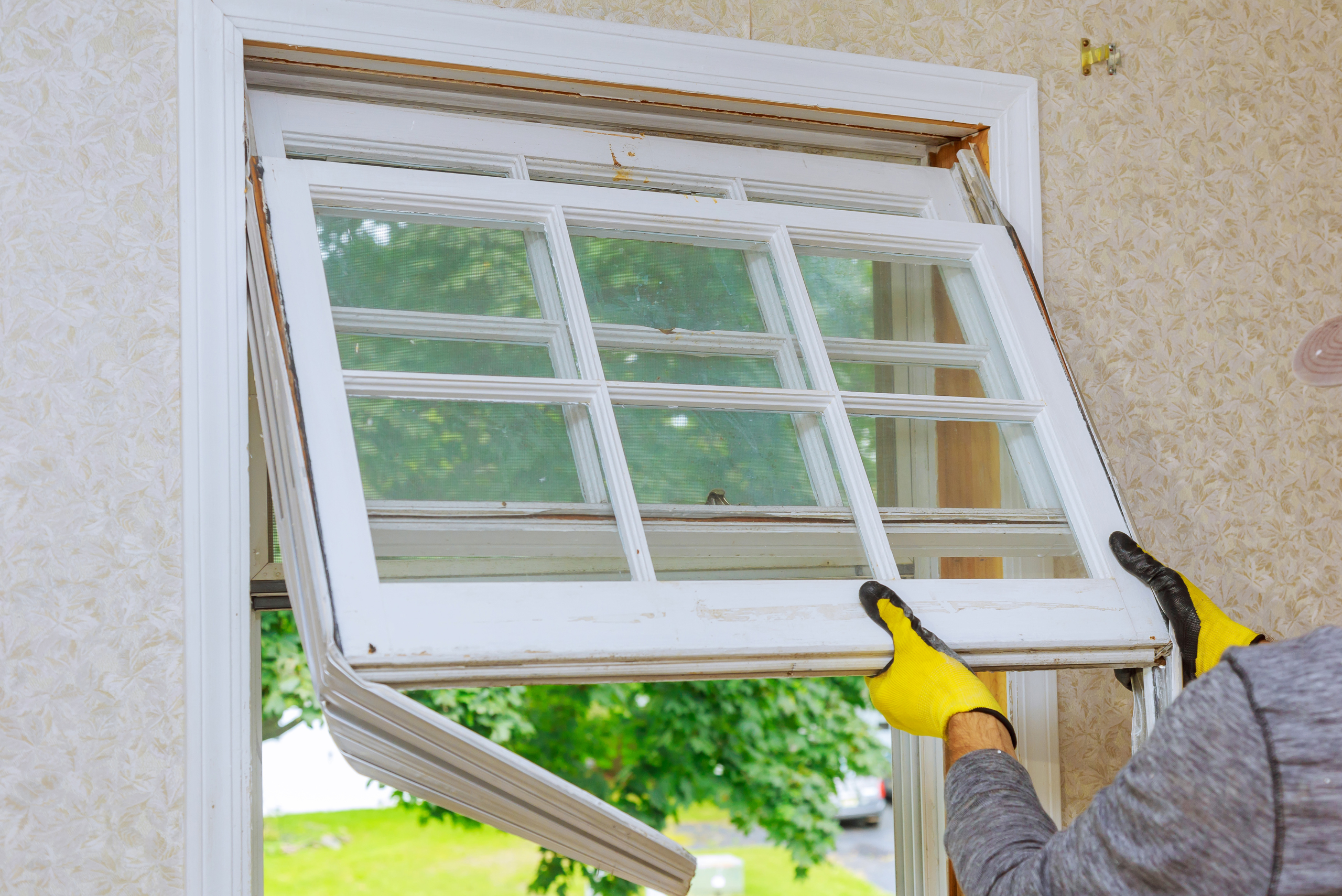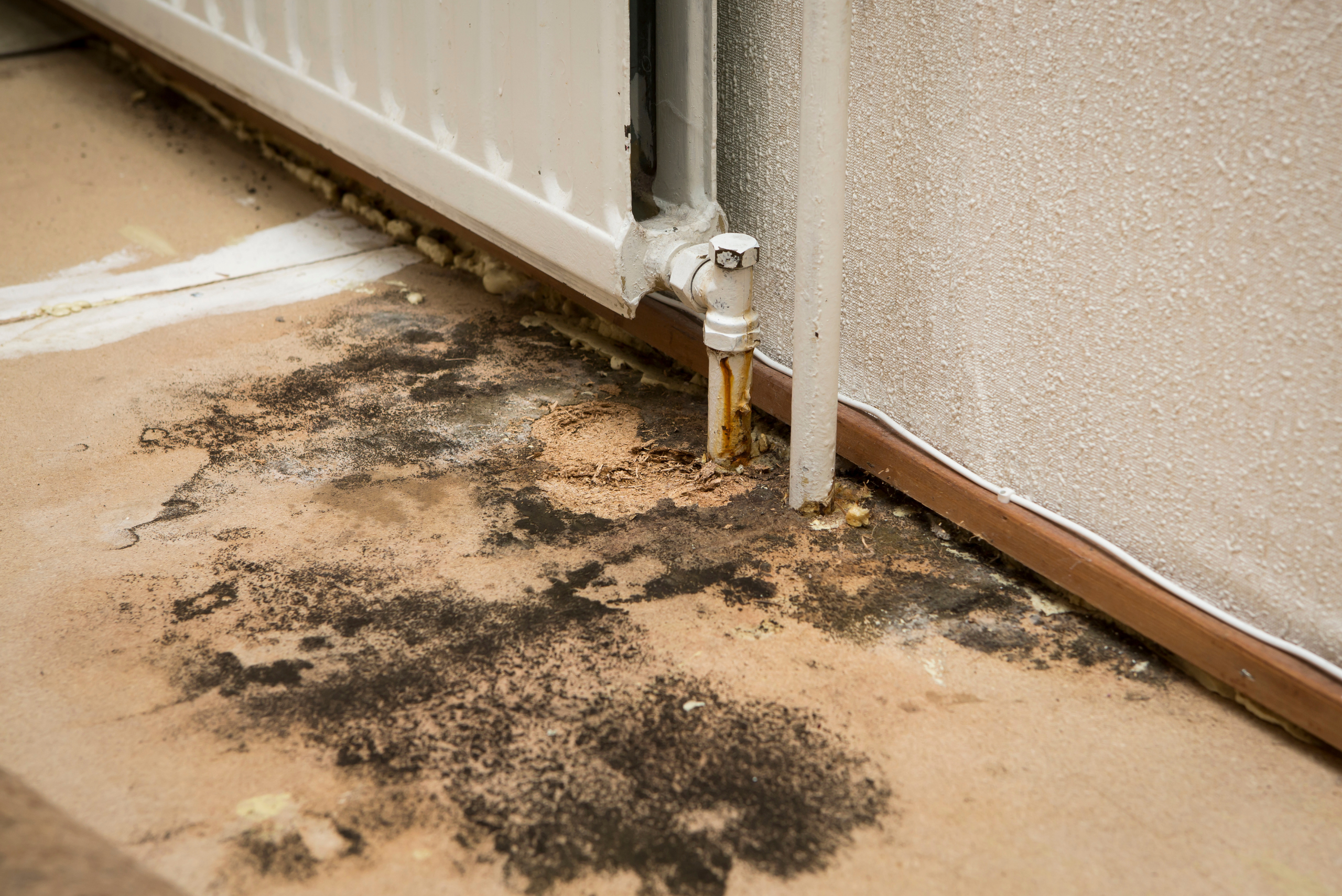4 Subtle Signs That Indicate Major House Problems
Many homeowners overlook small changes in their homes, not realizing they could be red flags for larger underlying issues. By identifying subtle warning signs early, you can prevent minor problems from escalating into major repairs.
1. Cracks in Walls or Ceilings
Small cracks in walls or ceilings are easy to dismiss as part of normal settling, but they can sometimes point to structural issues. Hairline cracks are generally harmless, but larger cracks that widen over time, especially in conjunction with uneven floors or doors that won’t close properly, may signal foundation problems. If the cracks form a zigzag pattern or appear around doorways and windows, it’s a good idea to call a professional for an inspection.
Moisture can also play a role in wall or ceiling cracks. If you notice discoloration or peeling paint near the cracks, water damage may be at fault. Leaks from plumbing systems or roofs can weaken the structure, so addressing the root cause promptly can save you from costly repairs down the road.

2. Sticking Windows and Doors
Windows and doors that suddenly become difficult to open or close can be more than just an annoyance. These issues often result from shifts in your home’s foundation, which may be caused by soil movement, poor drainage, or moisture buildup. If left unaddressed, foundation problems can compromise the integrity of the entire house, leading to more severe damage over time.
In addition to foundation issues, humidity and warping can affect door and window frames. If you live in a particularly damp climate, wooden frames may swell and shrink with changing moisture levels. While small adjustments might fix the problem temporarily, recurring issues warrant a closer inspection to rule out larger underlying causes.

3. Persistent Musty Odors
A lingering musty odor in your home is often a sign of mold or mildew, which thrive in damp and poorly ventilated areas. Mold growth not only affects indoor air quality but can also cause significant structural damage if left unchecked. Check for mold in basements, crawl spaces, and behind walls where leaks may go unnoticed.
If the smell persists despite regular cleaning and dehumidifying, it could indicate a hidden water leak or poor insulation trapping moisture. Ignoring the issue can result in costly mold remediation and structural repairs, so identifying the source and fixing it quickly is essential for maintaining a healthy and safe home.

4. Sagging or Uneven Floors
Floors that sag, dip, or feel uneven underfoot are a common sign of structural or foundation issues. Over time, weakened support beams, joists, or a shifting foundation can cause the flooring to warp. While minor shifts might occur in older homes, significant sagging should be inspected immediately to prevent further damage.
In addition to foundation problems, water damage is another potential culprit for uneven floors. Leaks from pipes, roofs, or appliances can compromise the flooring structure, causing wood to rot and lose its stability. Addressing the issue early can prevent more extensive repairs to the floor and underlying supports.

Related Articles
- This DIY Hack Will Keep Your Windows Condensation-Free
- Top Household Jobs Every Homeowner Should Know How to Do
- Smart Tips That Will Save You From Calling a Plumber
Recognizing subtle signs of major house problems is key to preventing costly repairs and maintaining the safety and integrity of your home. Cracks in walls, sticking doors, musty odors, and sagging floors are not always minor issues—they could be indicators of larger structural or moisture-related concerns. By taking these warning signs seriously and seeking professional help when needed, you can address problems early and save time, money, and stress in the long run.









